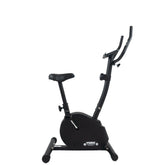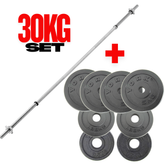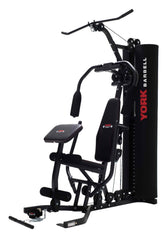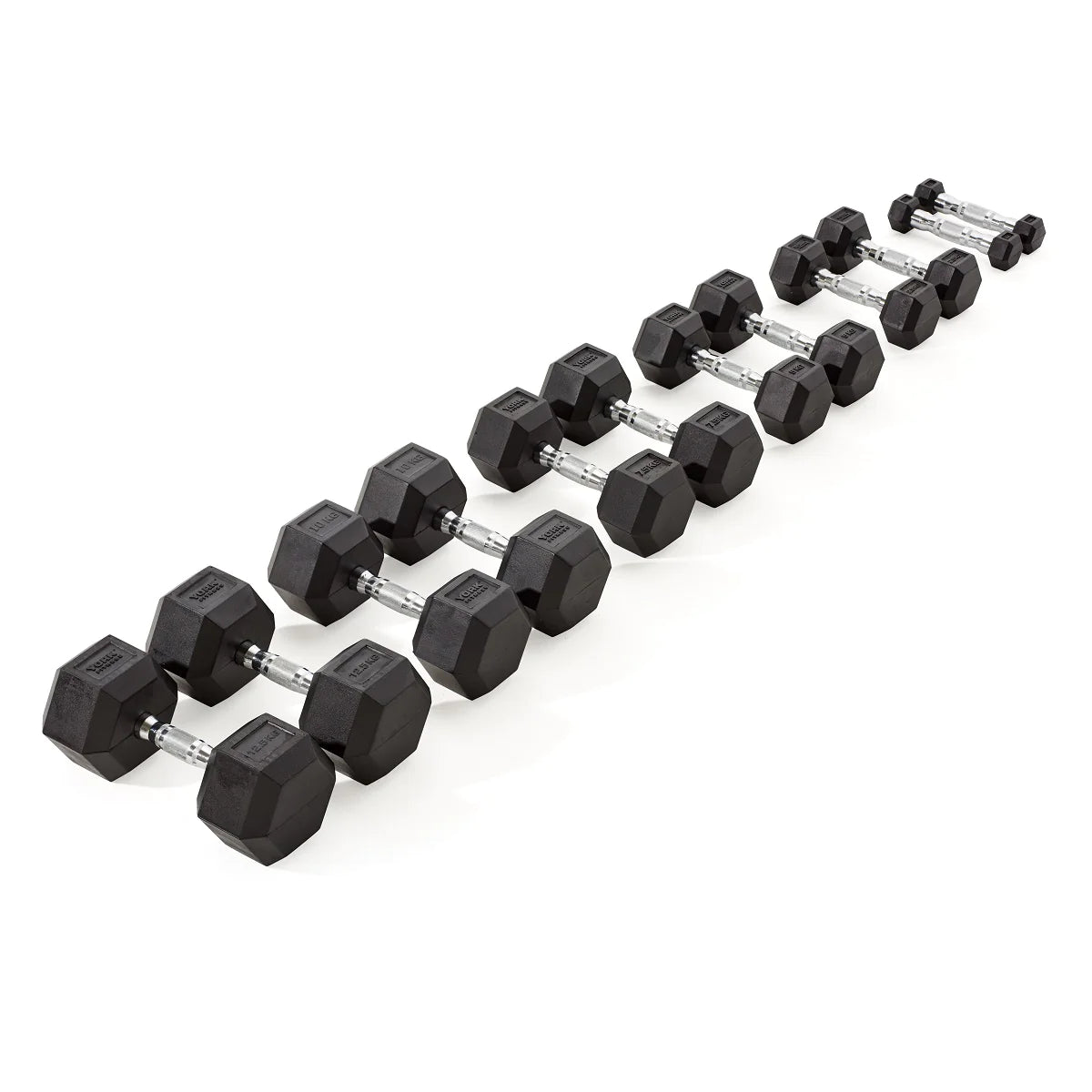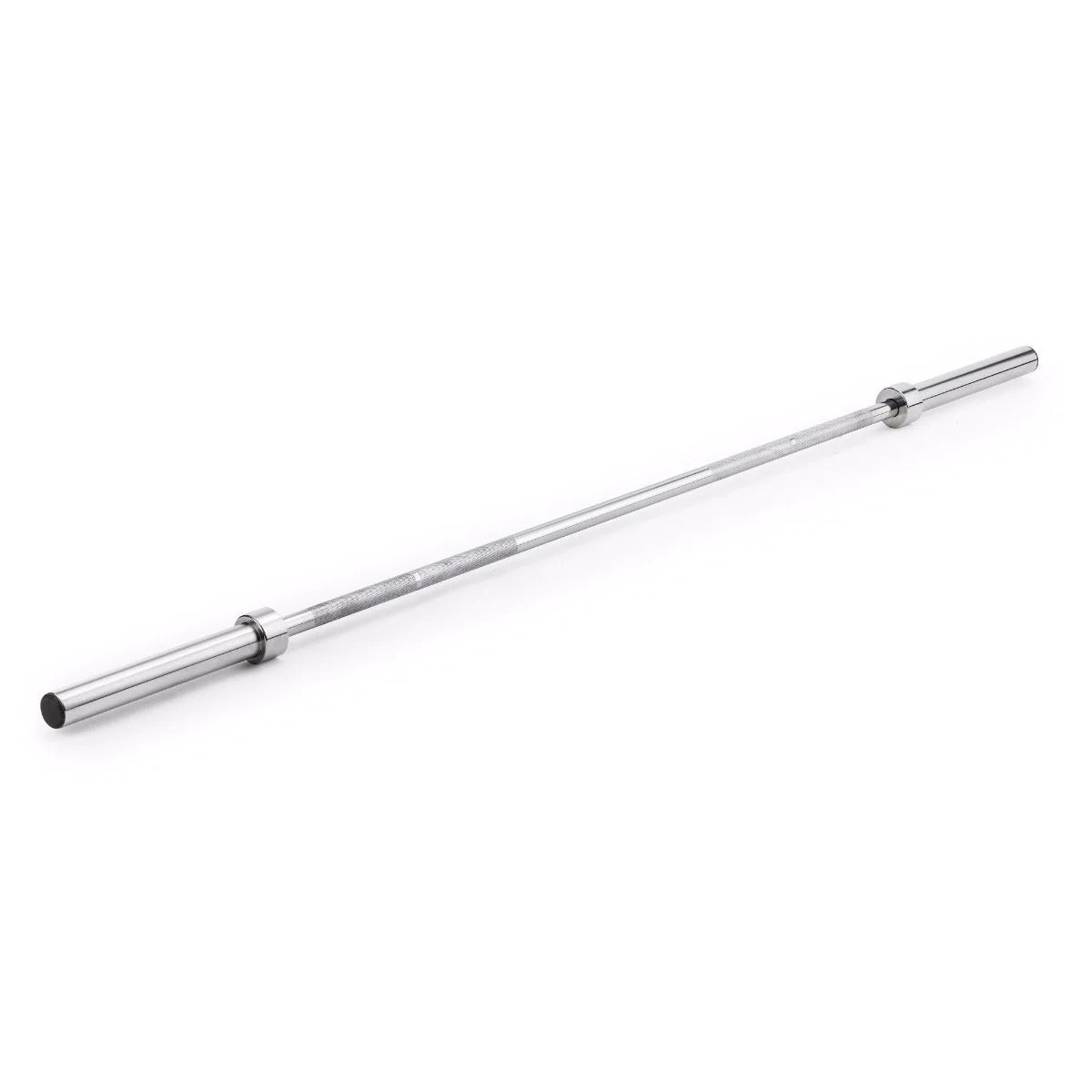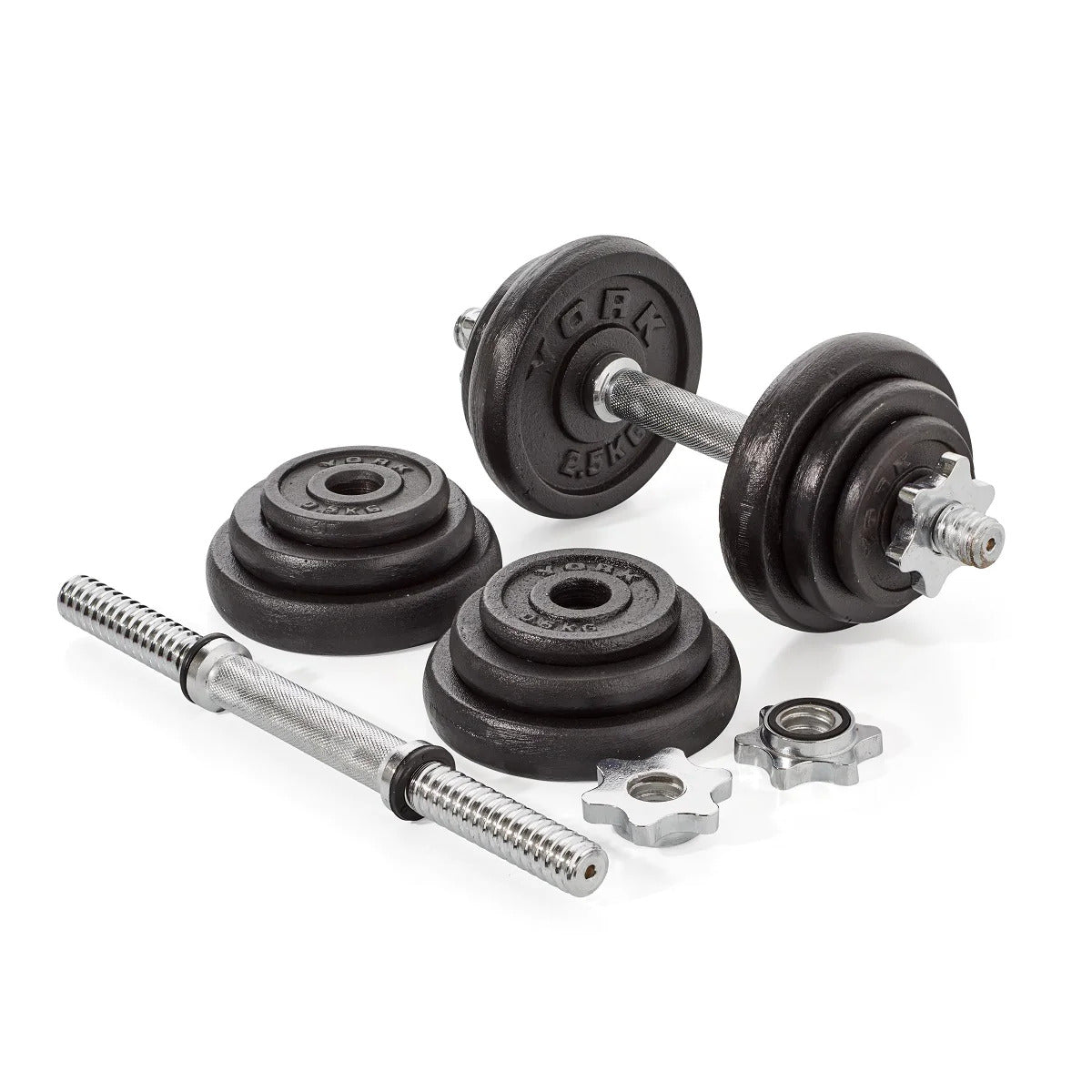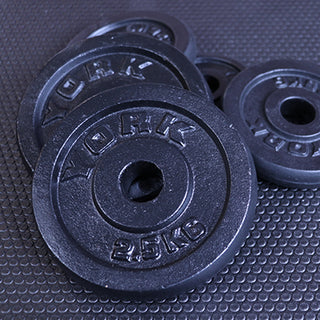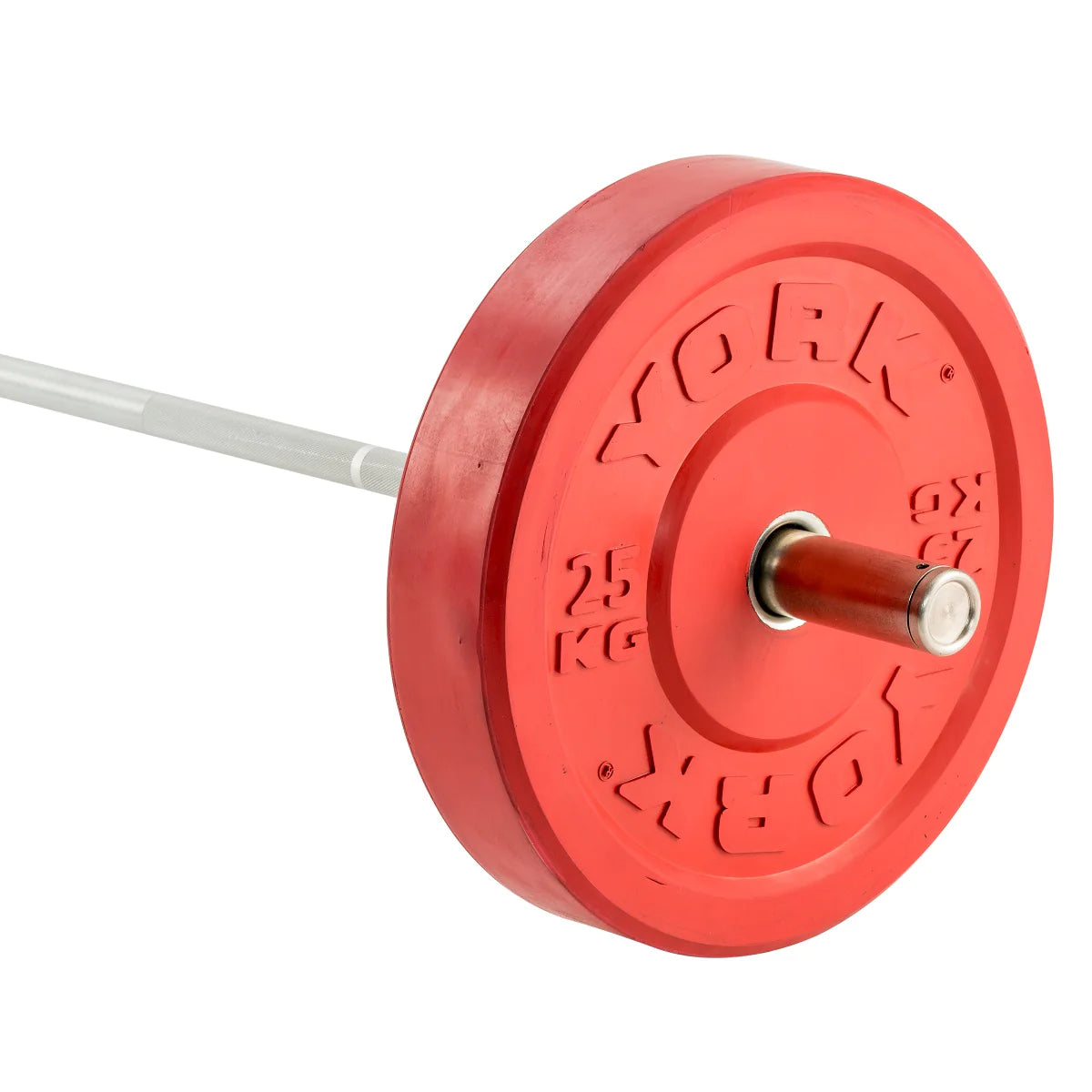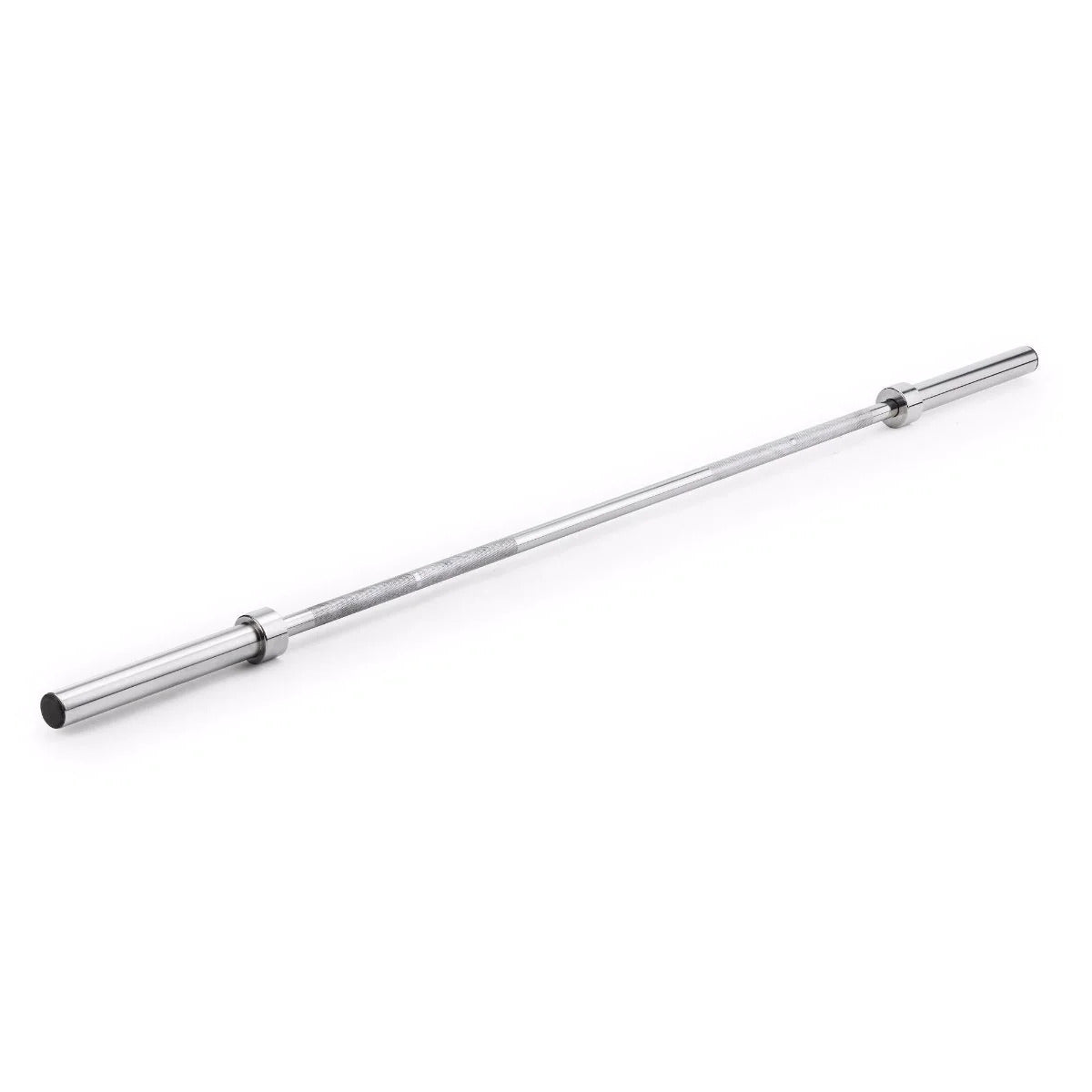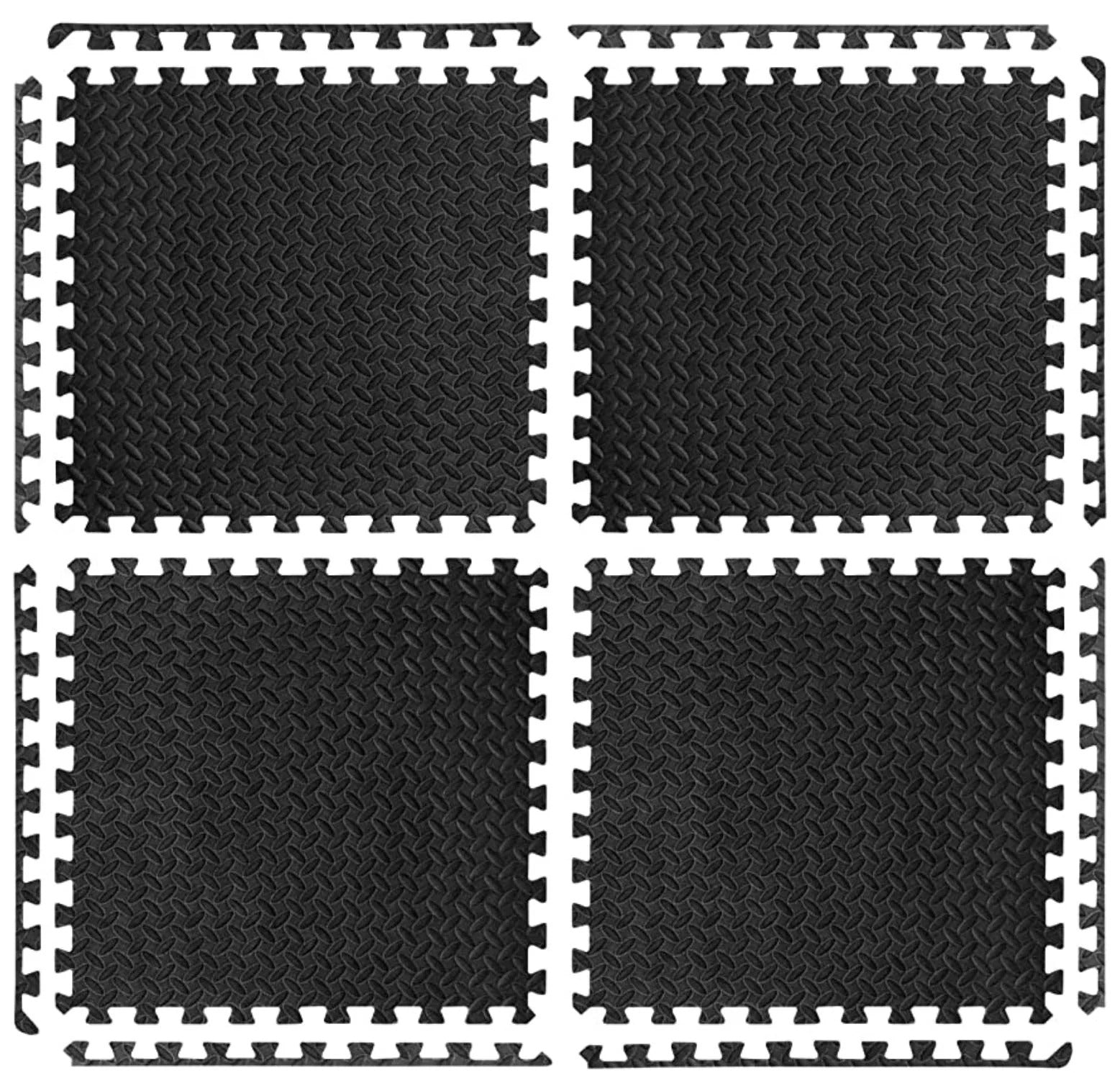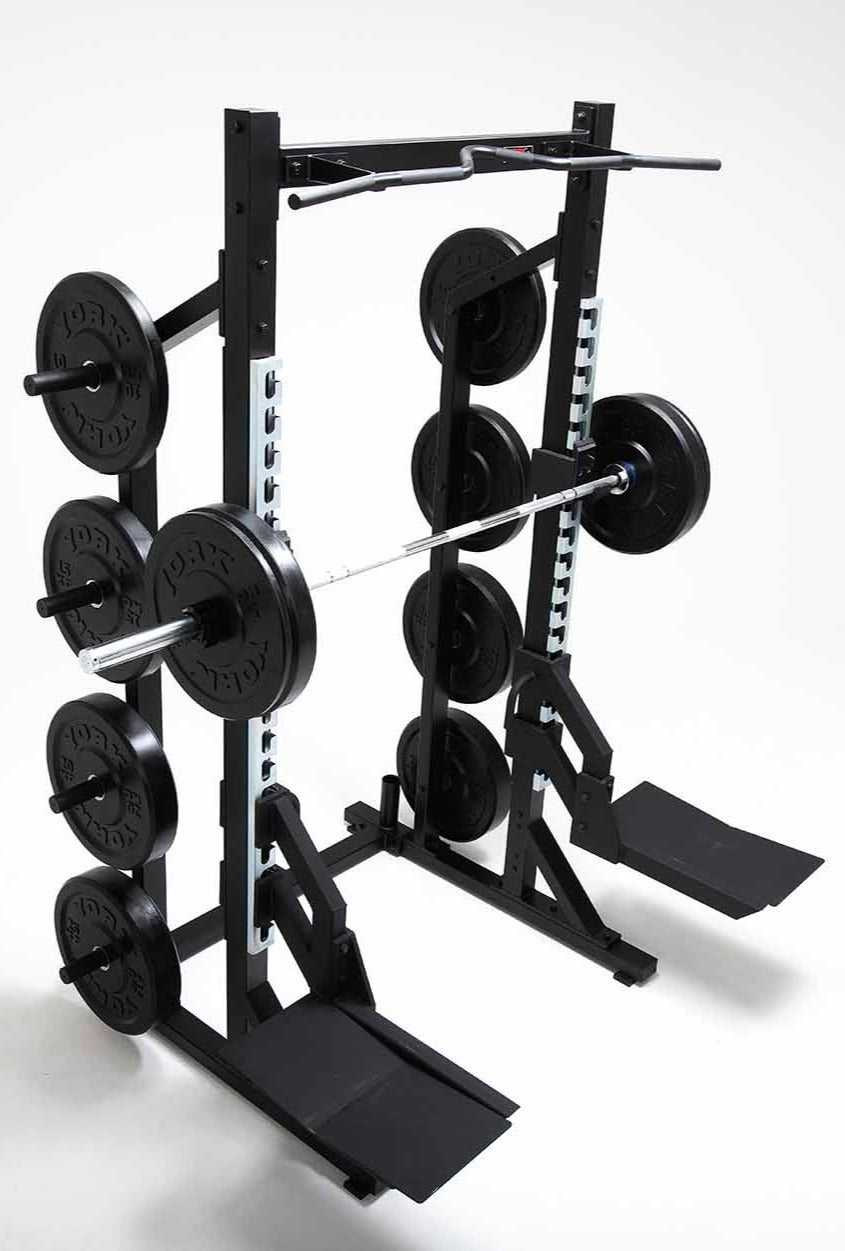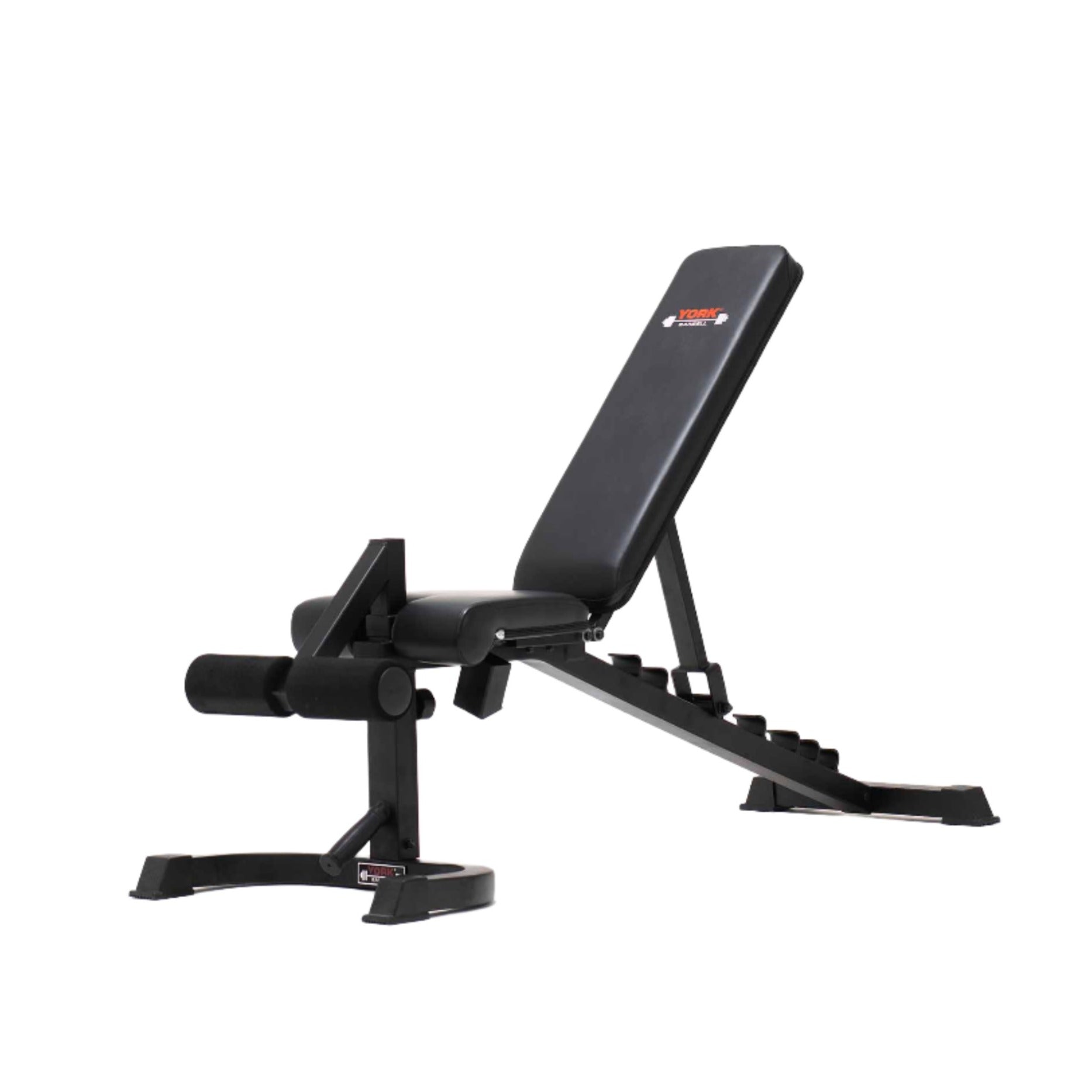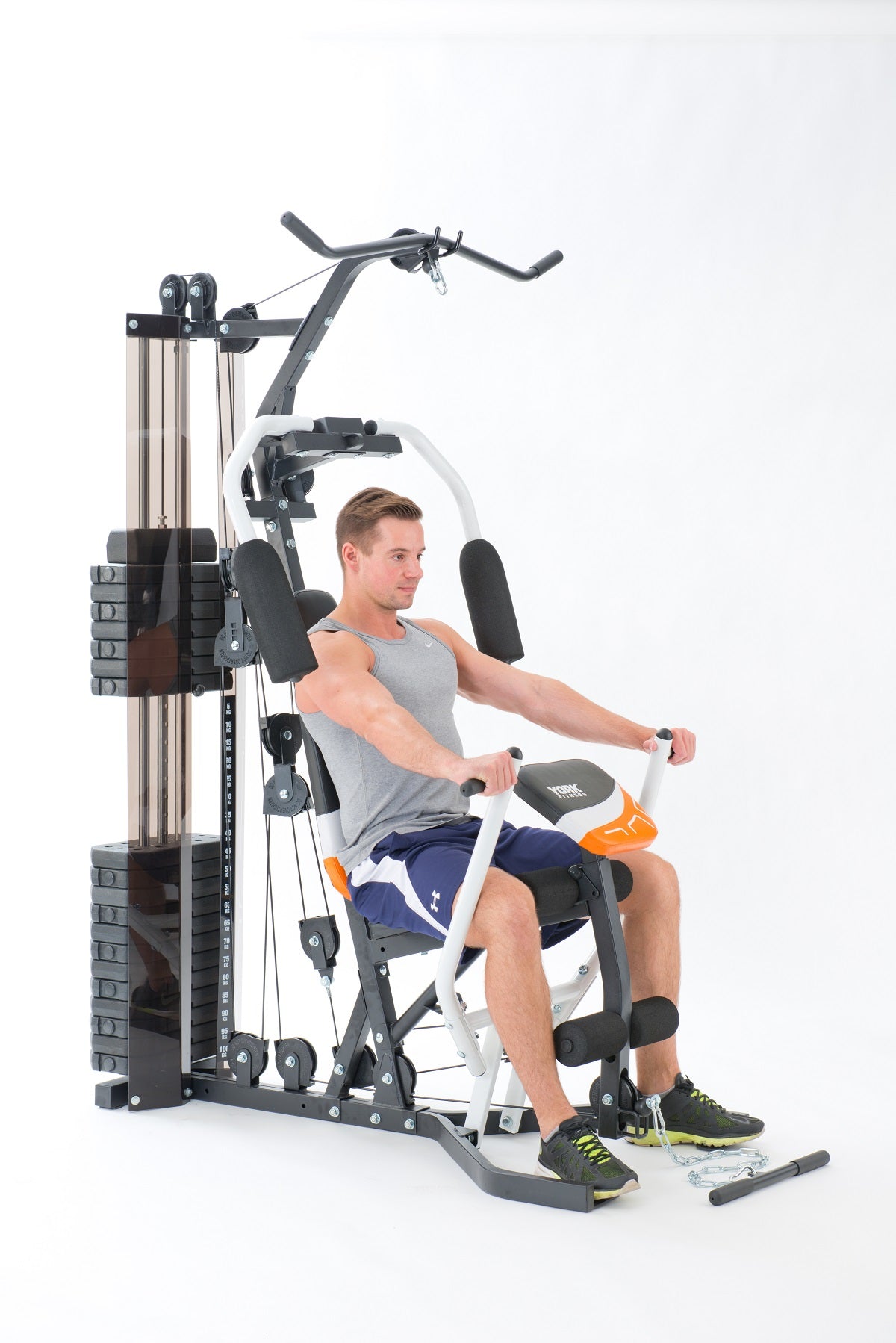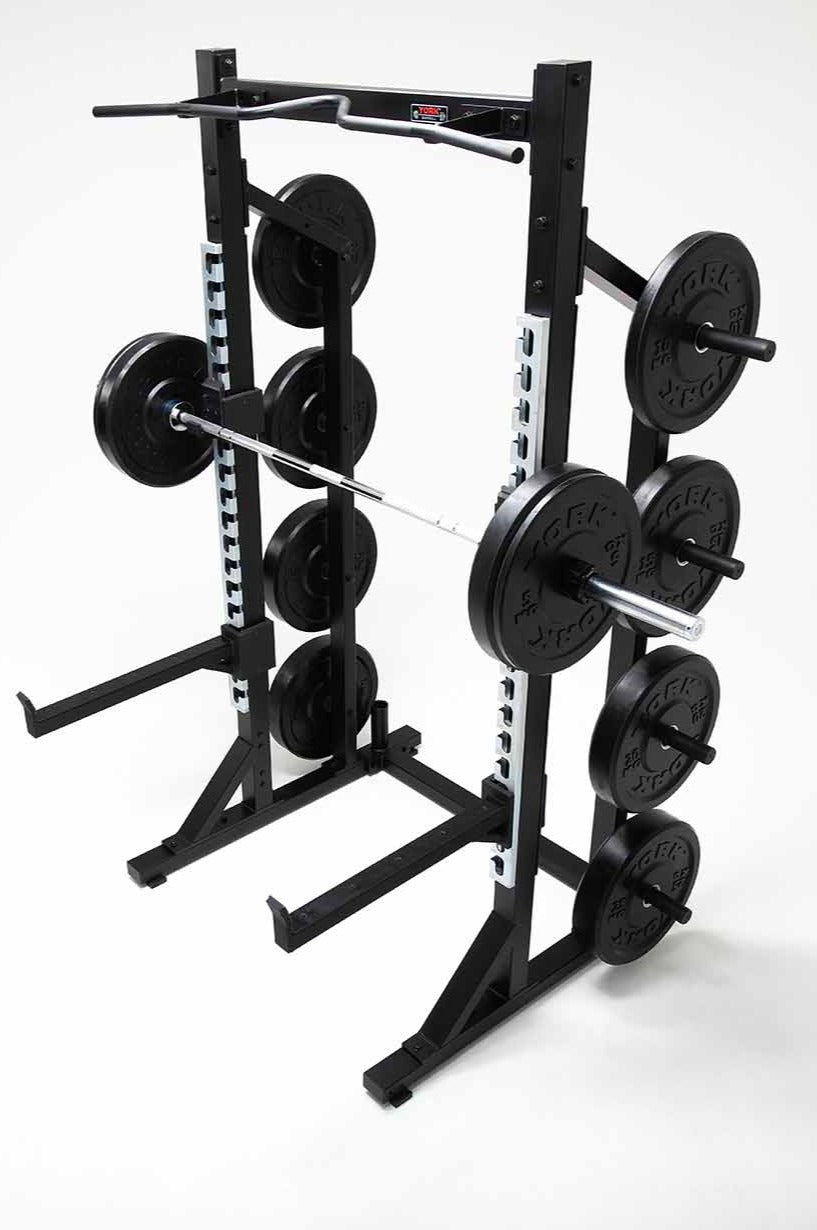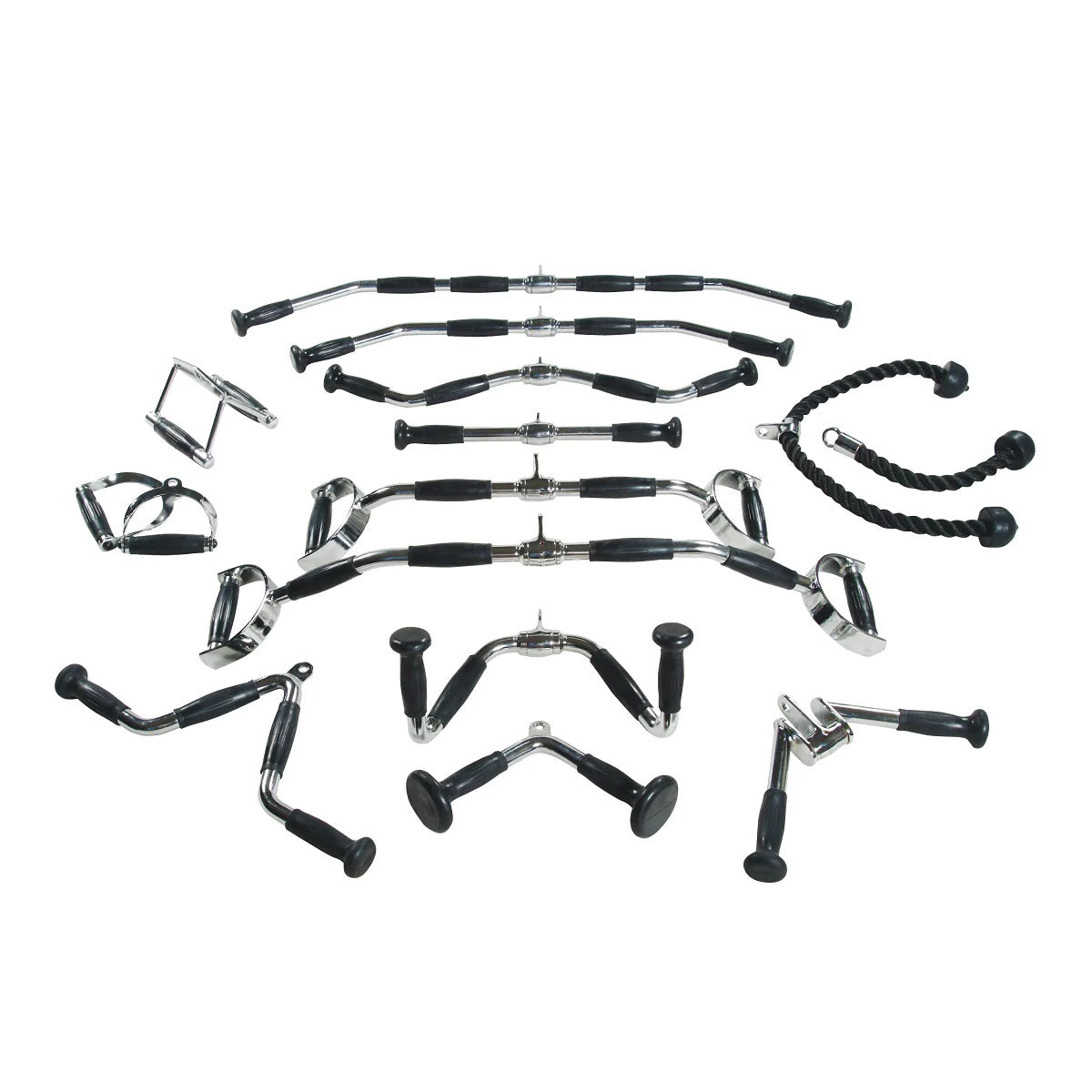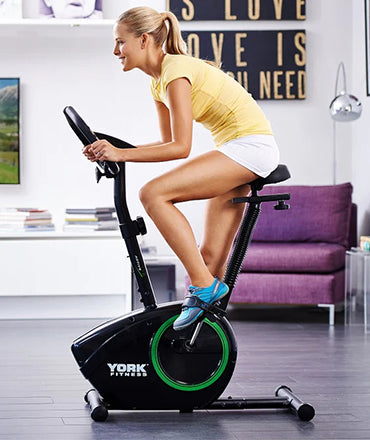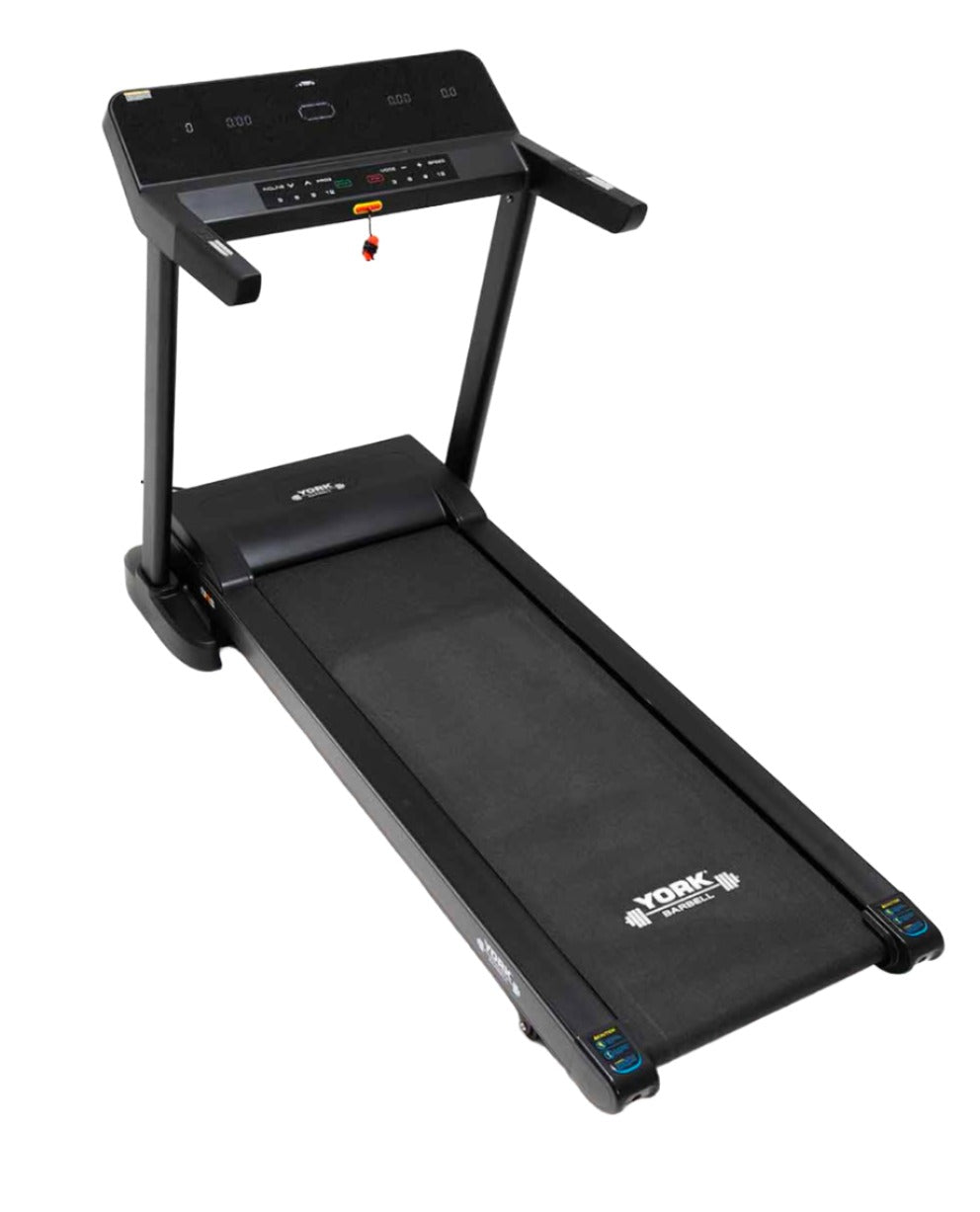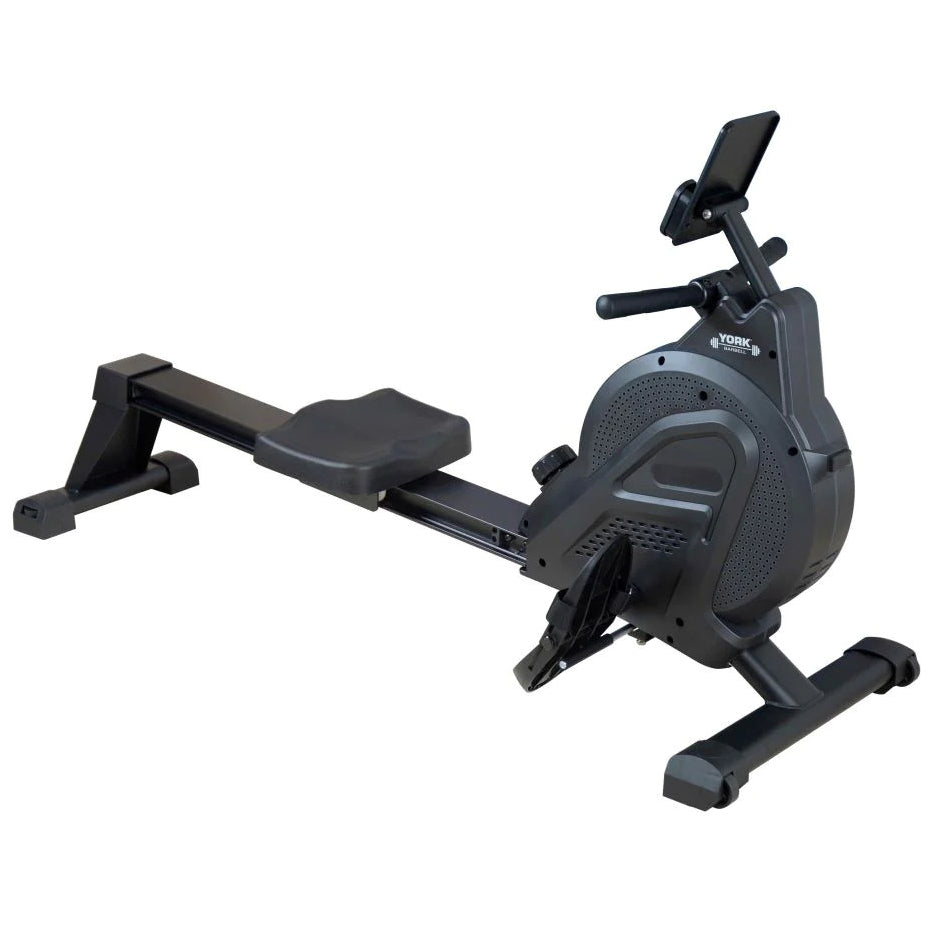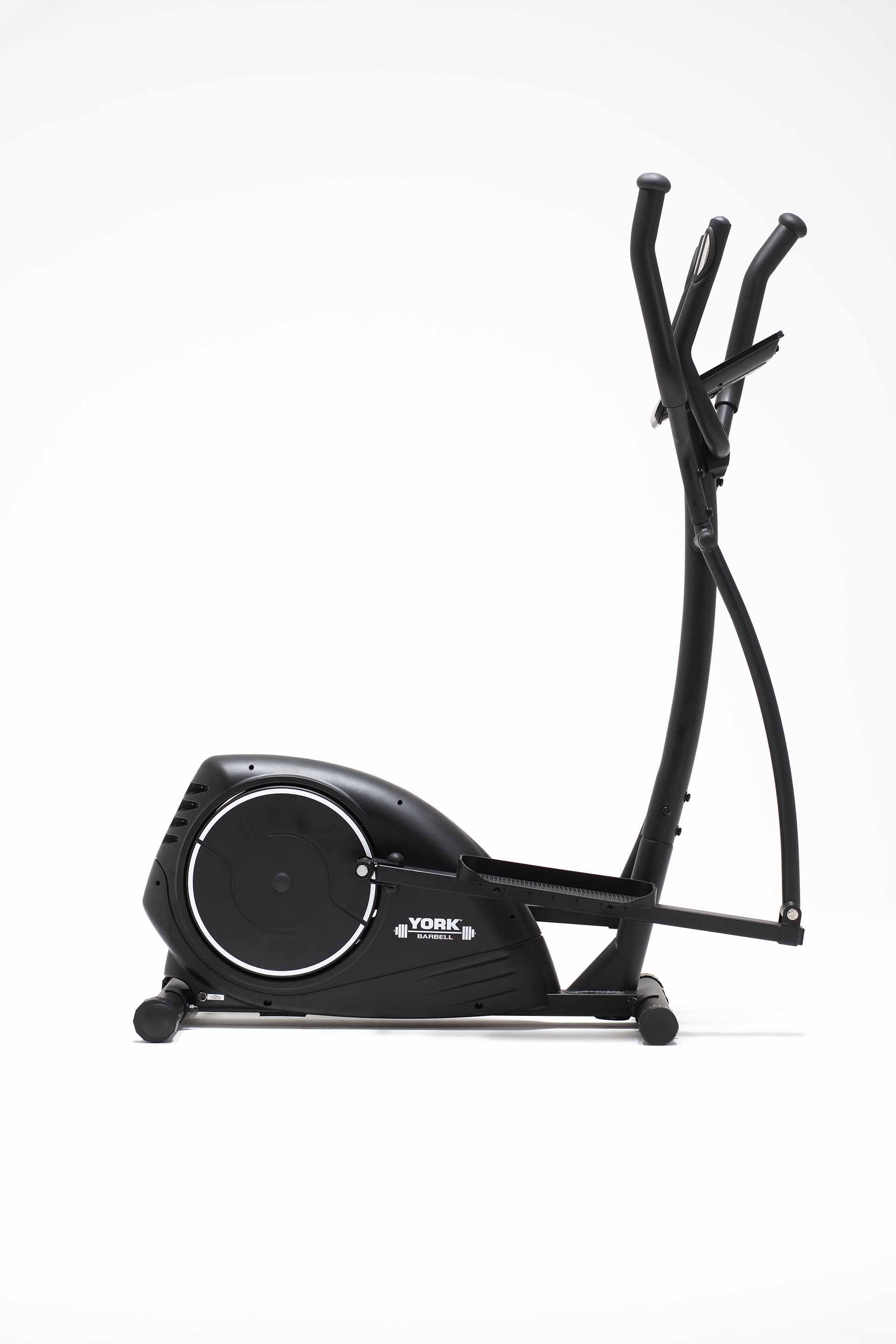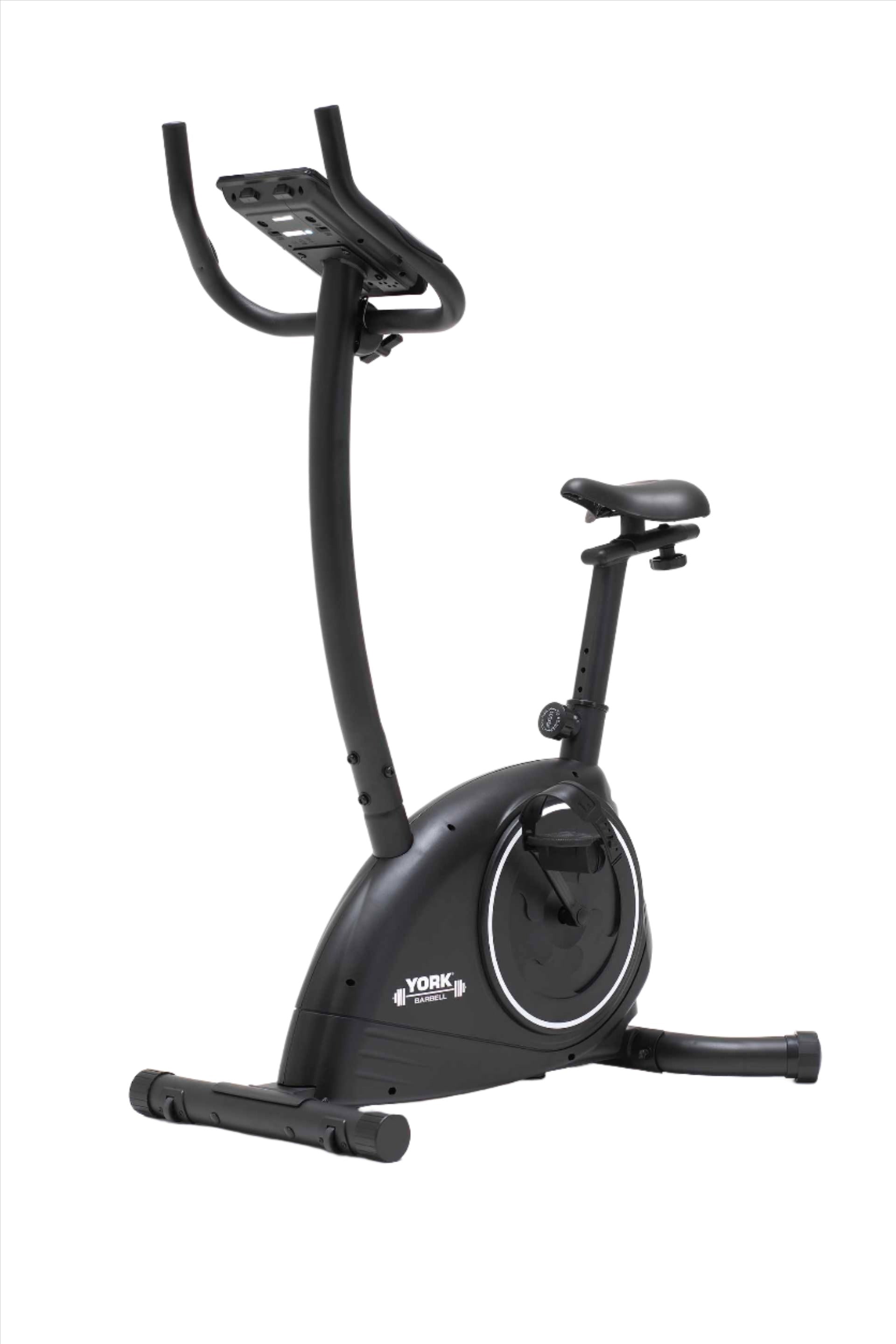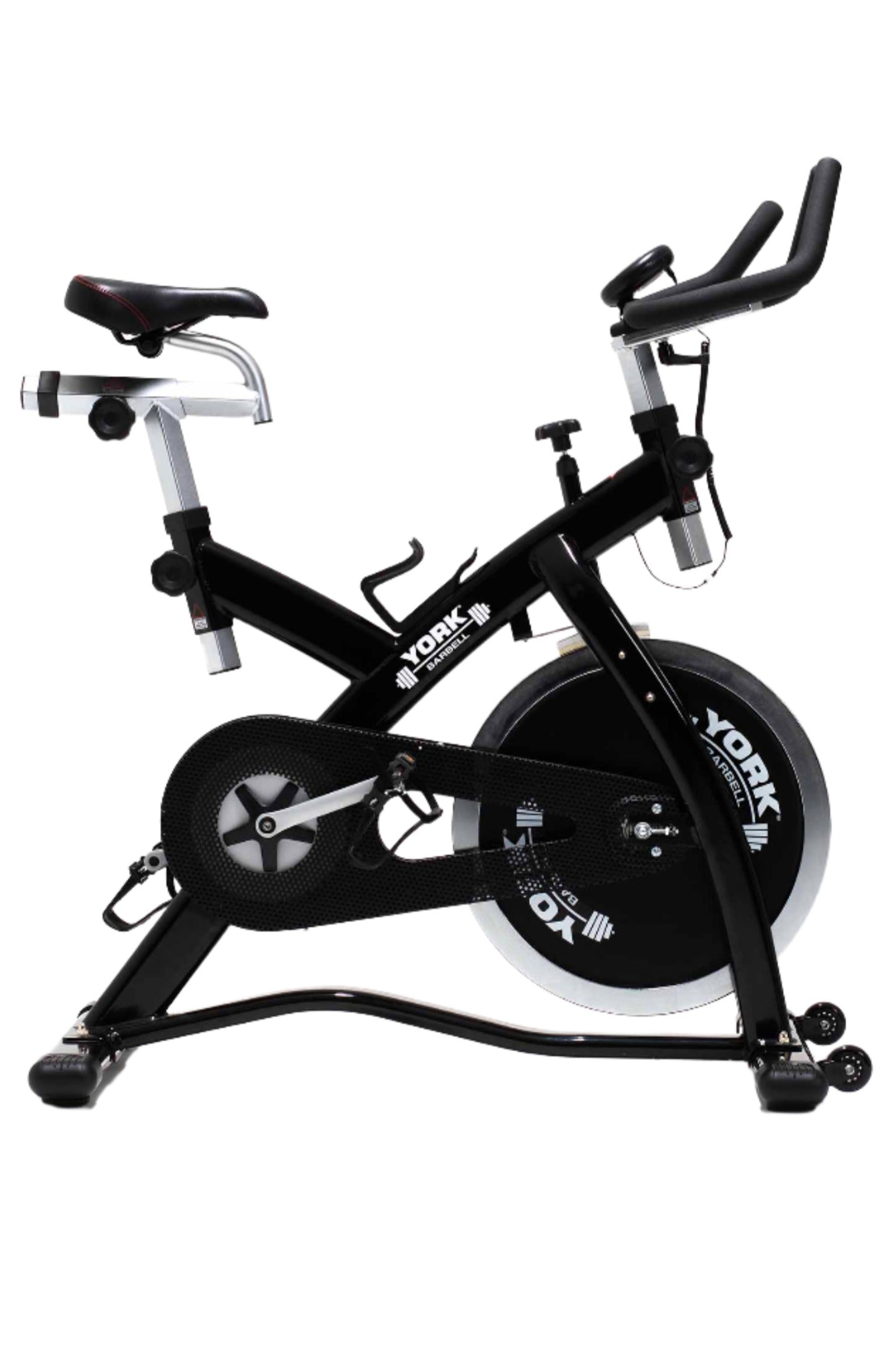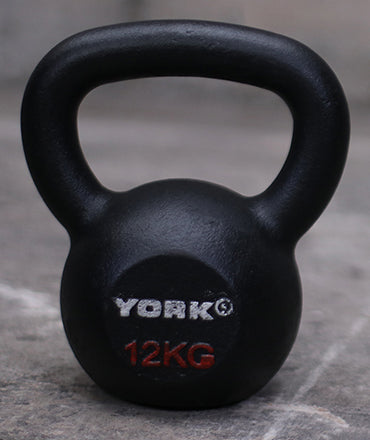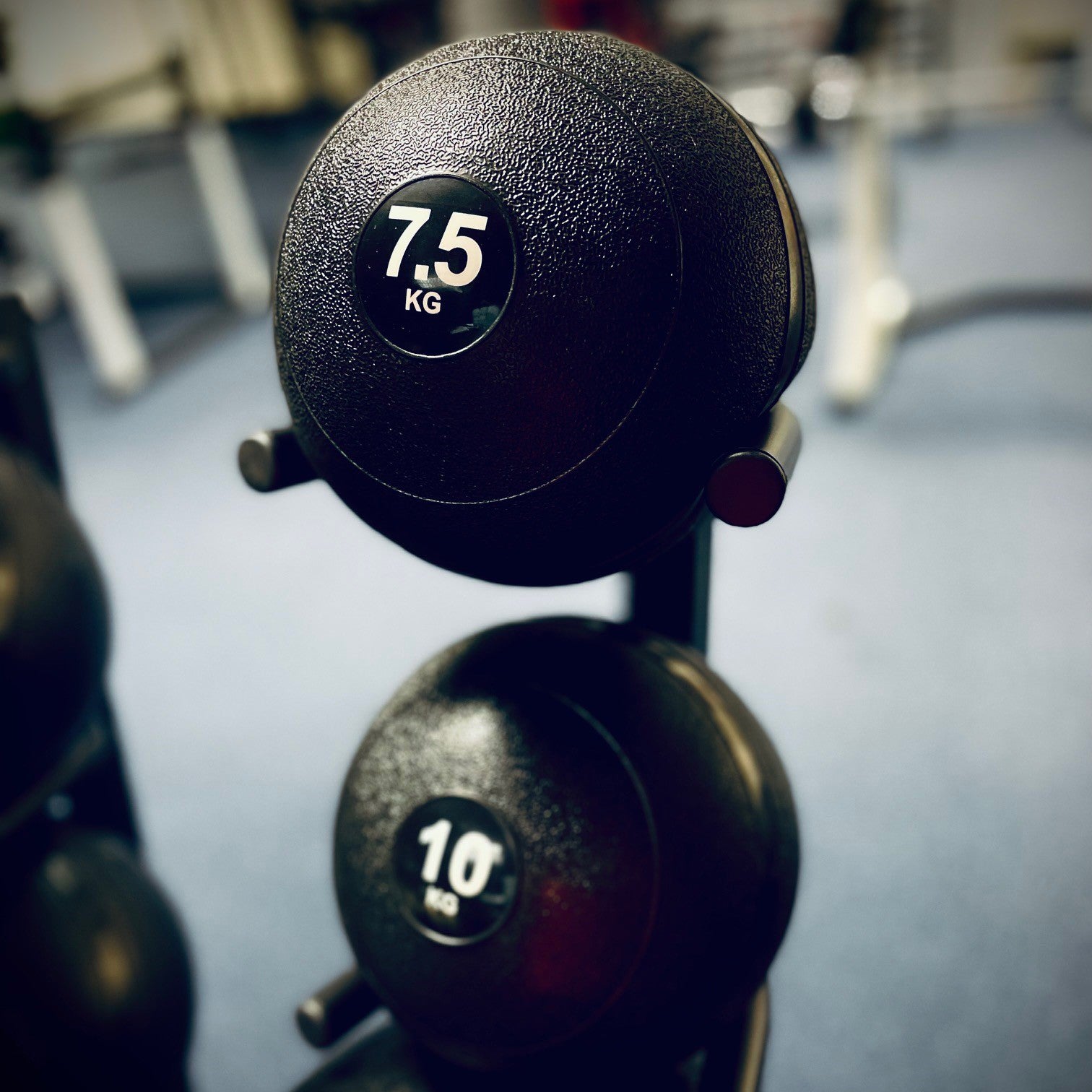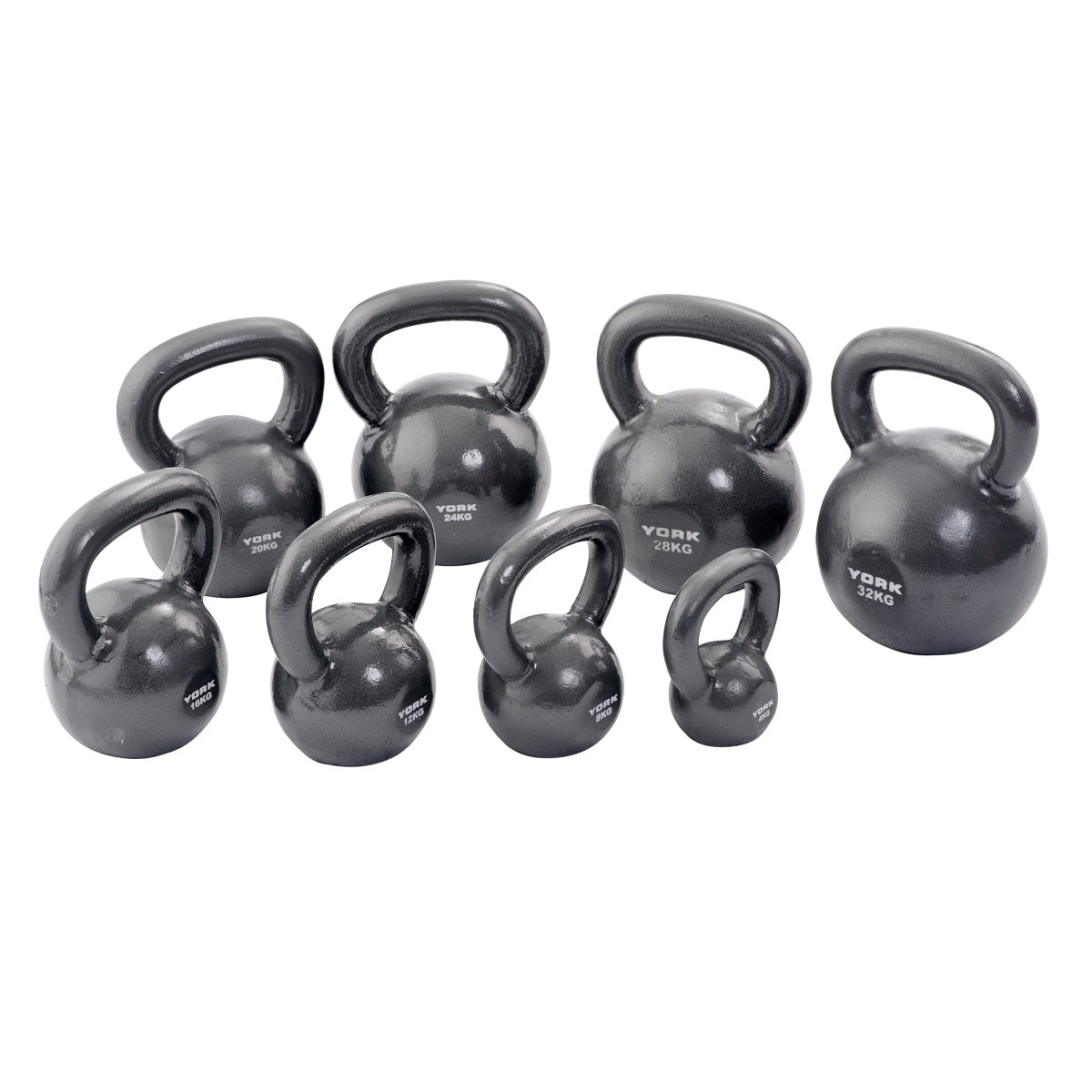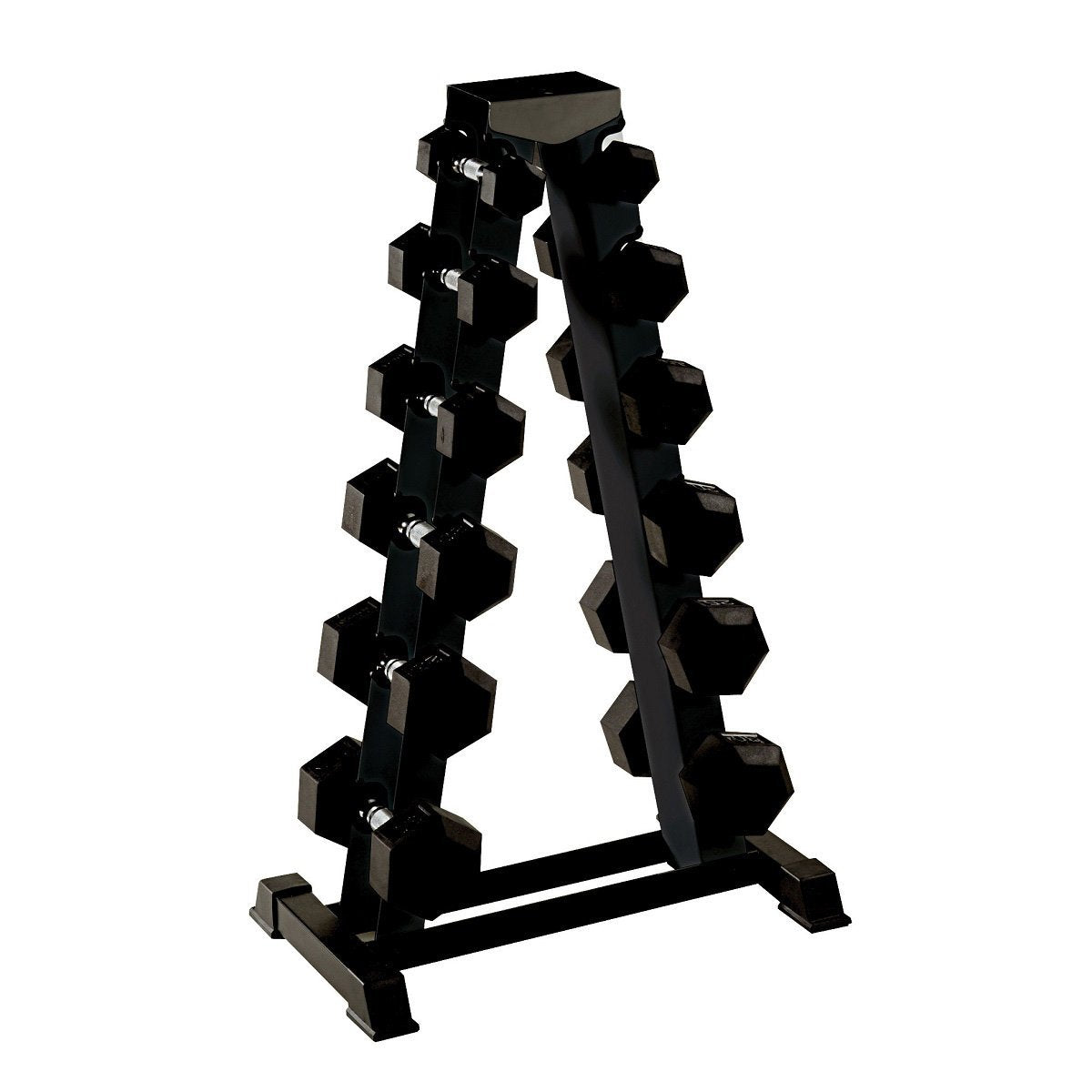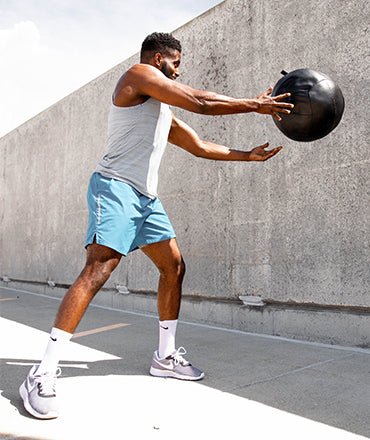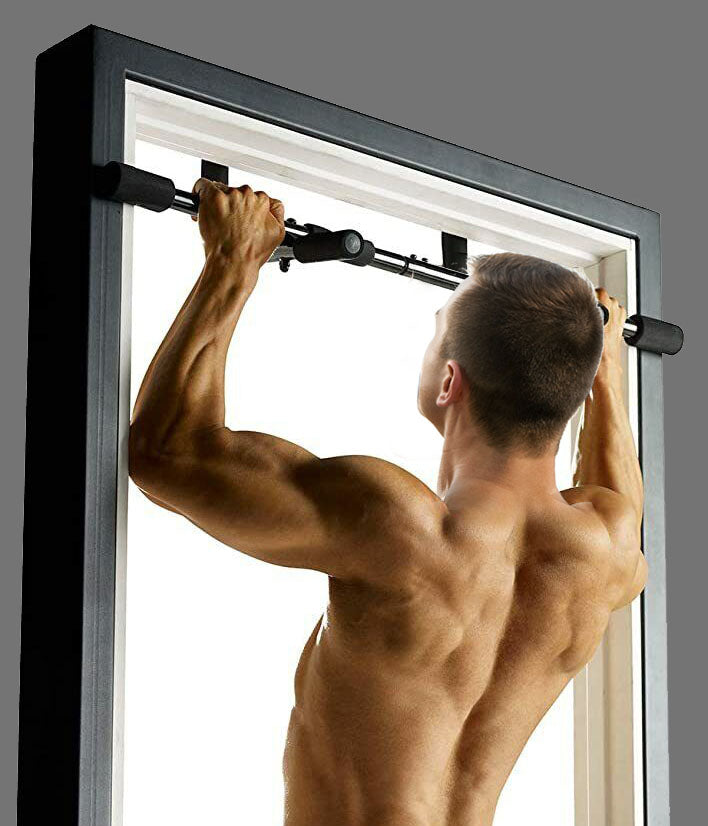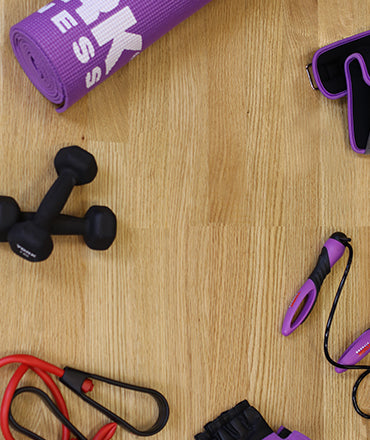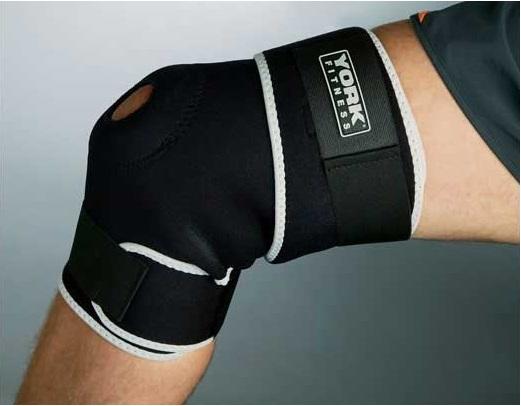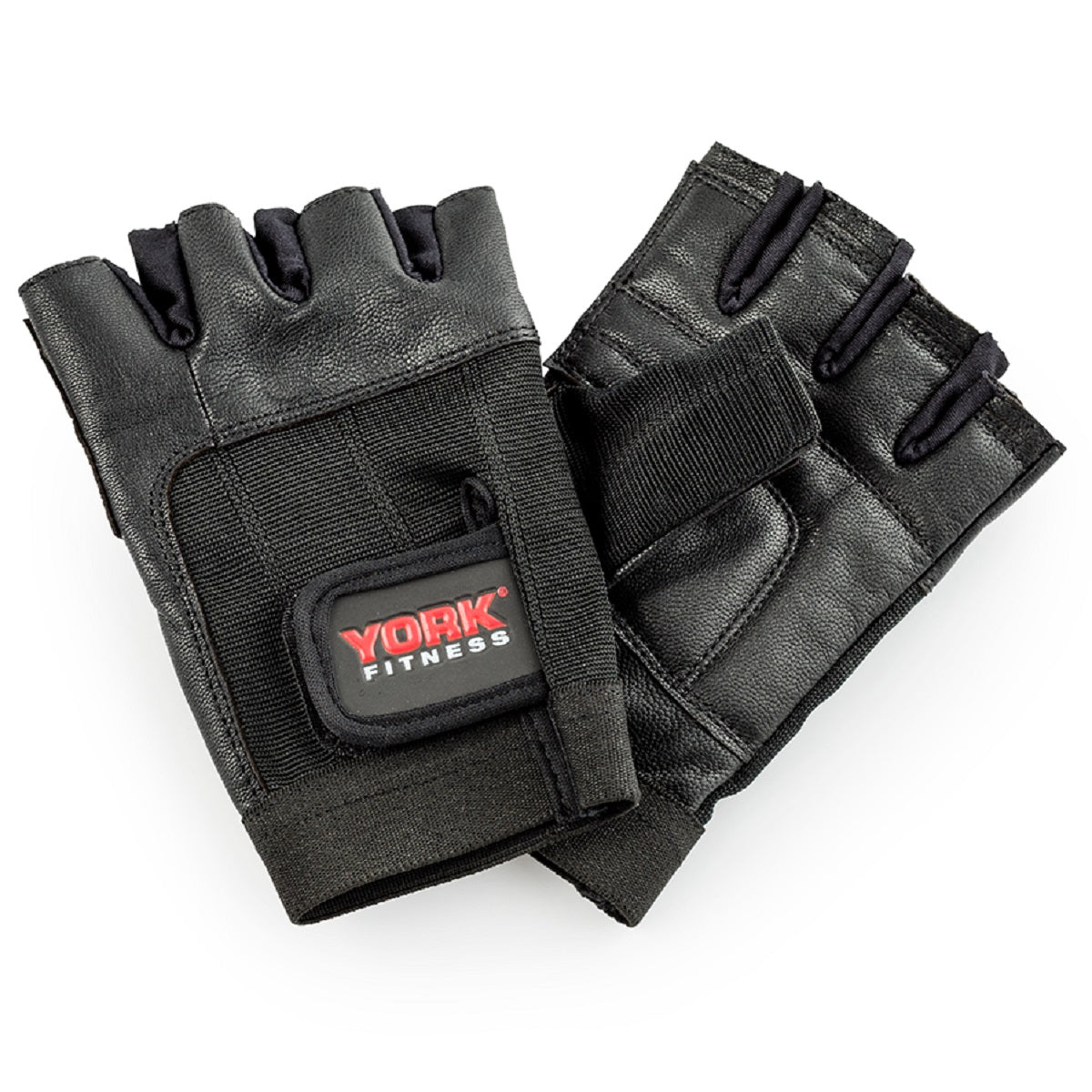The weightlifting bench is probably the most fundamental piece of home gym equipment, aside from weights. But many people spend very little on their bench and limit themselves on the exercises they can perform. If you're weightlifting, then the one thing you should consider spending a bit more money on is your bench.
The difference between a barbell bench and a regular weightlifting/dumbbell bench, is the weight rest. This will hold a barbell, allowing you to perform heavy bench presses in more comfort and safety, it also allows for better storage when the bench isn't in use. A simple dumbbell bench doesn't have a weight rest and therefore limits your ability to perform heavy bench presses. Some barbell benches also incorporate a leg extension or arm curl attachment.
Bench Press Form

Quick Tip: When adding weight plates to your barbell, make sure you add them one per side at a time, otherwise there's a risk the bar will fall.
- Set-up your barbell with your chosen weight. Lie on the bench with your back flat and your feet flat on the ground.
- Grip the bar evenly, using the knurling to ensure your right and left hands are in the same relative positions. Wrap your thumbs around the bar, not over it.
- Take a breath and extend your arms to un-rack the bar.
- Breathe in as you lower the bar in a controlled manner to your sternum. Pause momentarily at the bottom of your range to avoid bouncing the bar off your chest or relying on momentum.
- Press the bar upwards in a controlled, smooth manner whilst breathing out until your elbows are locked out. Pause momentarily at the top of your range and then repeat.
The bar shouldn't move directly upwards, but instead in a diagonal line from your chest to above your eyes.
If you are attempting a max lift, or reps close to your max lift, then it's always wise to have a spotter. If you get in trouble when not using a spotter the safest move is normally to roll the bar onto your abs, sit up and attempt to deadlift the bar off yourself. This is still dangerous and can still cause injury.
Bear in mind that everyone's build is different, so copying a friend's technique could cause injury or discomfort. In general the wider your shoulders, the wider your grip should be. If you have longer forearms then your range of motion will also be different.
Don't arch your back to assist with the press, this puts a lot of strain on the lower back and can cause serious injury. If you feel you need to arch your back then the weight is probably too heavy, or you have maxed out your reps.
Barbell Bench Home Set-Up
To make the most out of a barbell bench, it's important to set it up correctly. Here's a few pointers for doing the barbell bench press at home:
- Make sure you have plenty of space around the bench to allow for unrestricted movement. We normally recommend at least 1.5 meters in all directions, but the more the better.
- Make sure the floor under the bench is flat, firm and level. If it's a delicate floor material then we strongly recommend some large equipment mats to protect your floors.
- Use a spirit level to level your bench both front to back and side to side. This will help ensure that the bench is safe, and that you have equal loading on your body when working out.
- Keep your workout area tidy, stray plates make for perfect toe stubbers and collars are easily damaged when stepped on.
Overall a barbell bench is a fantastic investment allowing you to lift heavier weights more safely. It'll allow you to develop your bench press to a much higher standard and also you can still do everything that you could do on a standard dumbbell bench. Our FTS Olympic Fixed Flat Bench is a light commercial bench so is a very heavy duty design and is currently less than half price.
